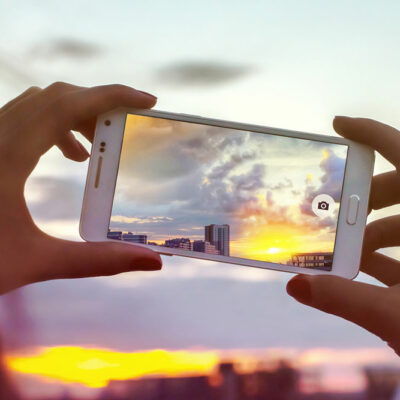
How to Treat and Prevent Blisters
Blisters, we all hate them. We get them from rubbing, chafing, and pinching, resulting in painful swelling and distinct discoloration within the skin. Blisters form on the outer layer of skin when it has been damaged by constant friction or compression, eventually forming a pocket of excess skin that fills with fluids, usually water or blood, which acts as a cushion to protect the skin from further damage.
Blisters can accumulate on almost any part of the body (i.e., facial blisters, foot blisters, heel blisters). There are two very common types of blisters: friction blisters and blood blisters (with severe pinching and pressure). Let’s read on for more information on how to prevent or treat painful blisters:
1. Washing and clean the area
At the first sign of a blister, wash your hands and the blister with soap and warm water to prevent an infection. Infections can occur with blisters on the heel that burst open or blood blisters the face (after squeezing a pimple). It’s best to clean and dry the area and try not to touch it as much as possible. If need be use a bandaid to protect the area.
2. Sanitize the blister
You can sanitize a blister by swabbing the blister with iodine or rubbing alcohol before attempting to puncture or squeeze out the fluid.
3. Puncturing a blister
It’s always best to leave a blister be and let it burst on its own. However, very painful blisters may need to be manually punctured to achieve relief of pain. Do so by sterilizing a clean, sharp needle and sanitizing it with rubbing alcohol. Now you can use the clean needle to puncture the blister just once to let it drain.
4. Protect that blister
Again it’s important to protect a burst blister as much as you can to avoid infection. Do so by applying a healing ointment (i.e., petroleum jelly or natural oil) directly to the area. Always cover with a clean bandage or gauze to let it heal.
5. Clean, dry, and protect as needed
A dedicated hygiene regimen is vital to prevent infection. So wash and dry your blister multiple times a day, as needed (i.e., after workouts, in the morning and before bed) and cover it again with a clean bandage to protect yourself from infection.
6. Preventing a blister in the first place
Blisters occur due to repeated compression and friction so avoiding any tight fitting shoes or clothing will help prevent a blister in these ways:
- Never wear ill fitting shoes: Shoes that are slightly loose or tight will rub against toes and heels and likely cause a blister so ensure your shoes are comfortable, particularly for a day of walking or standing.
- Wear breathable shoes and socks: Heat and rubbing are an ideal environment for blister formation so do what you can to prevent moisture on the feet or areas prone to blisters.
- Wear sandals: To prevent blisters from forming on the feet, particularly in warm, humid weather, wear properly fitted, comfortable sandals that allow ventilation.
- Break shoes in: Before committing to a pair of shoes or boots for an entire day of walking, ensure they are properly broken in and comfortable.


